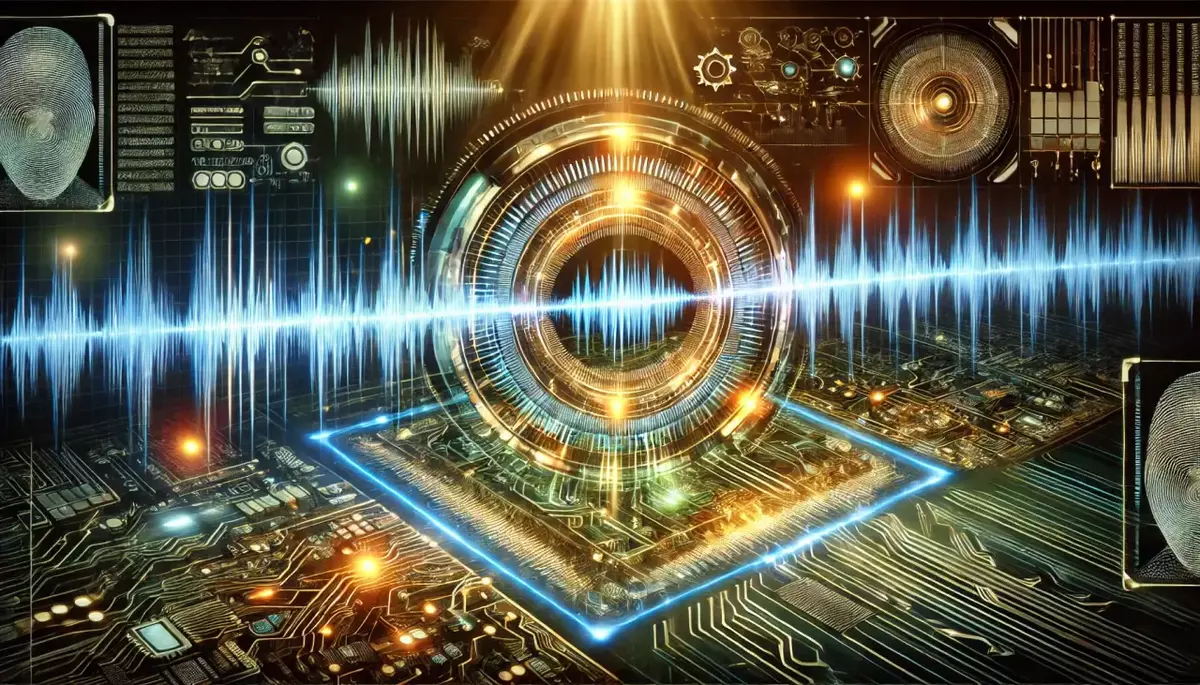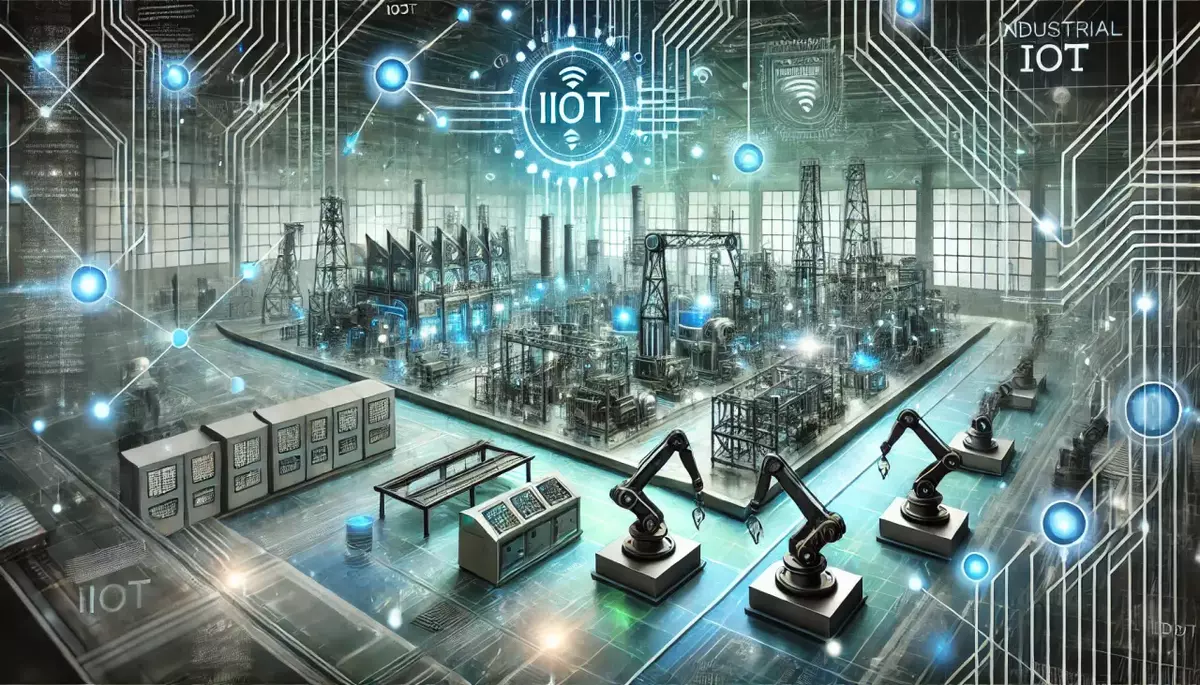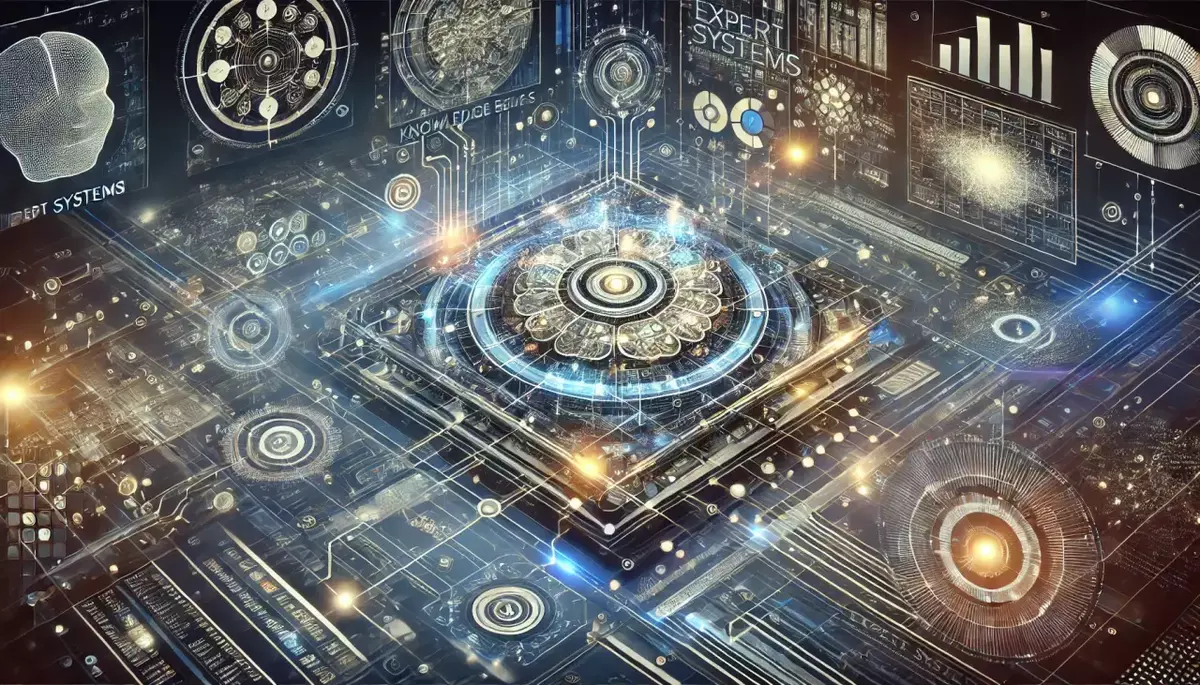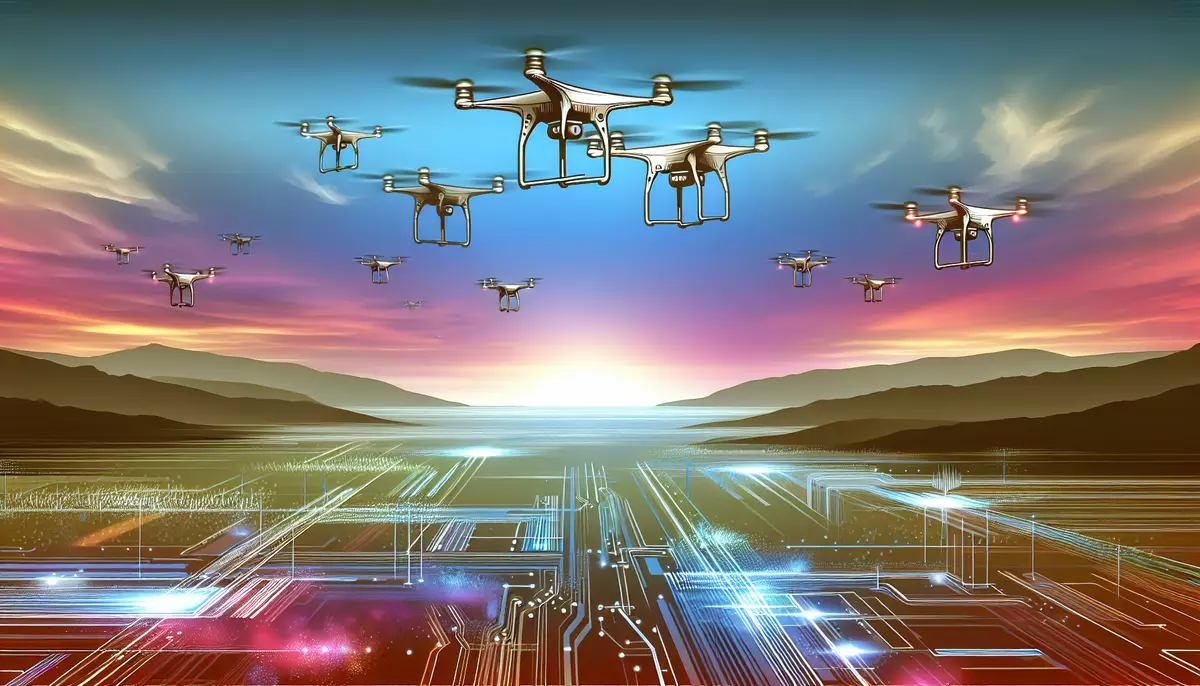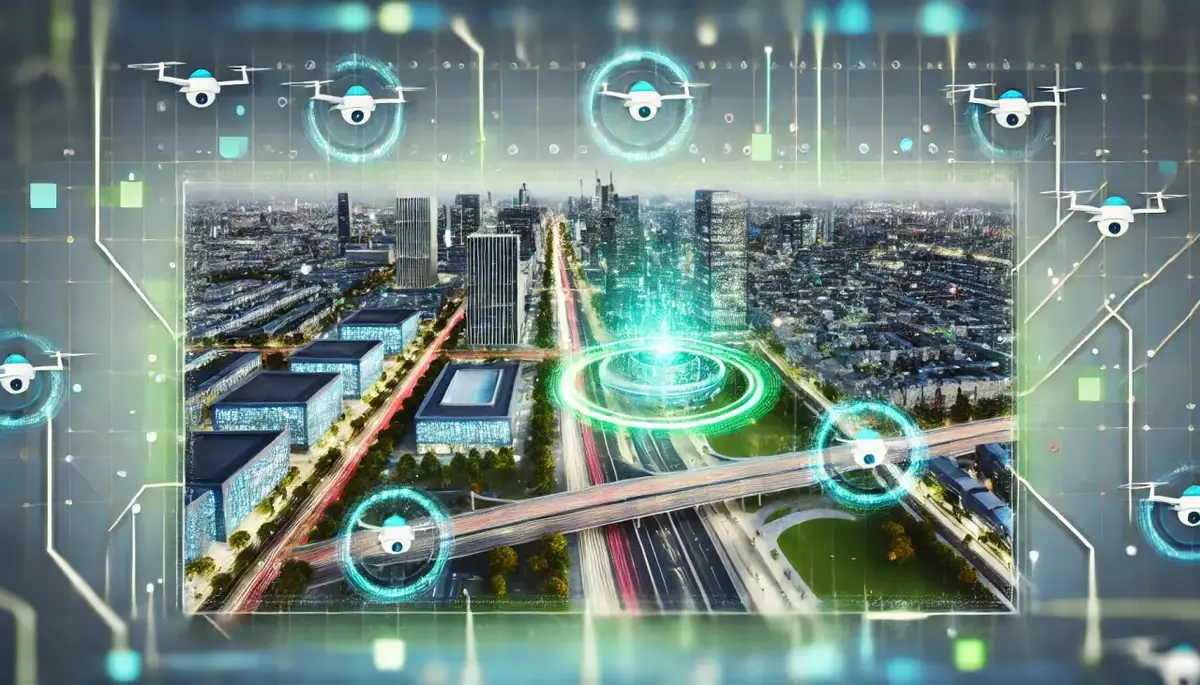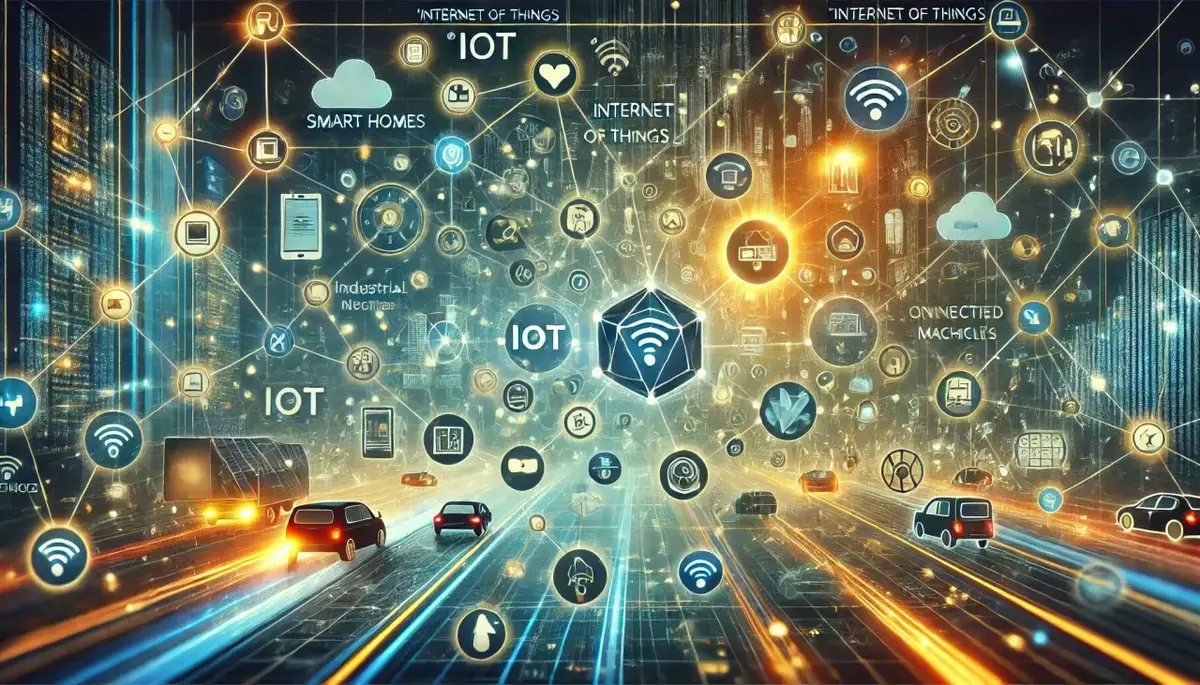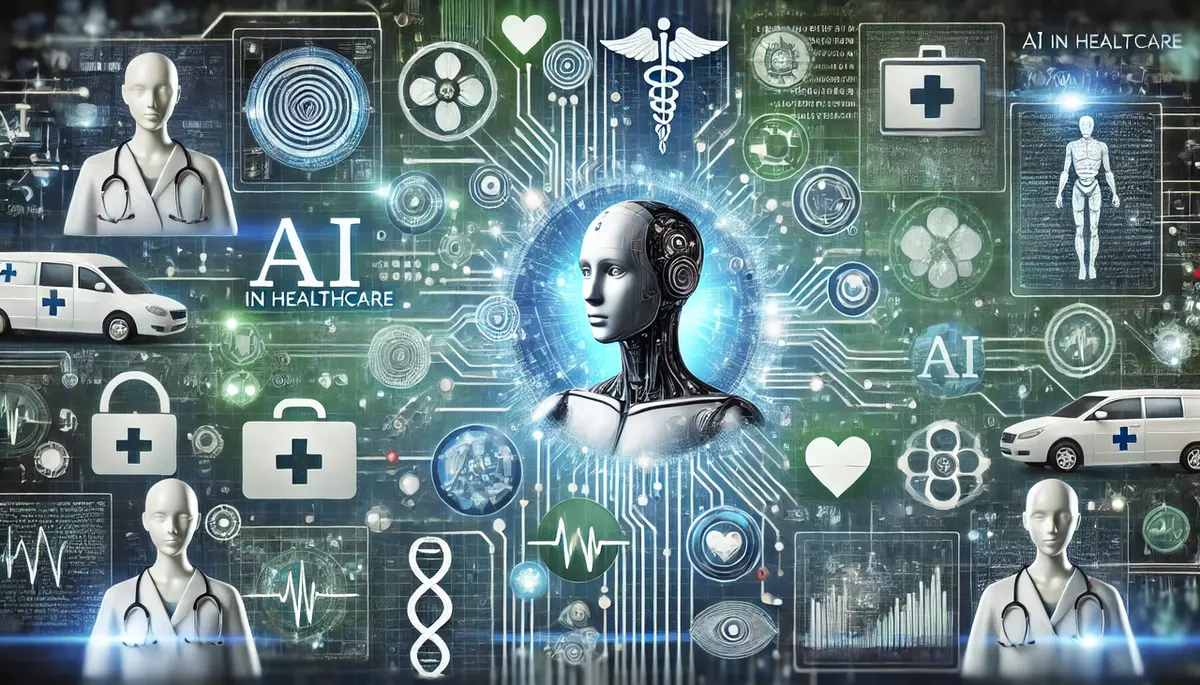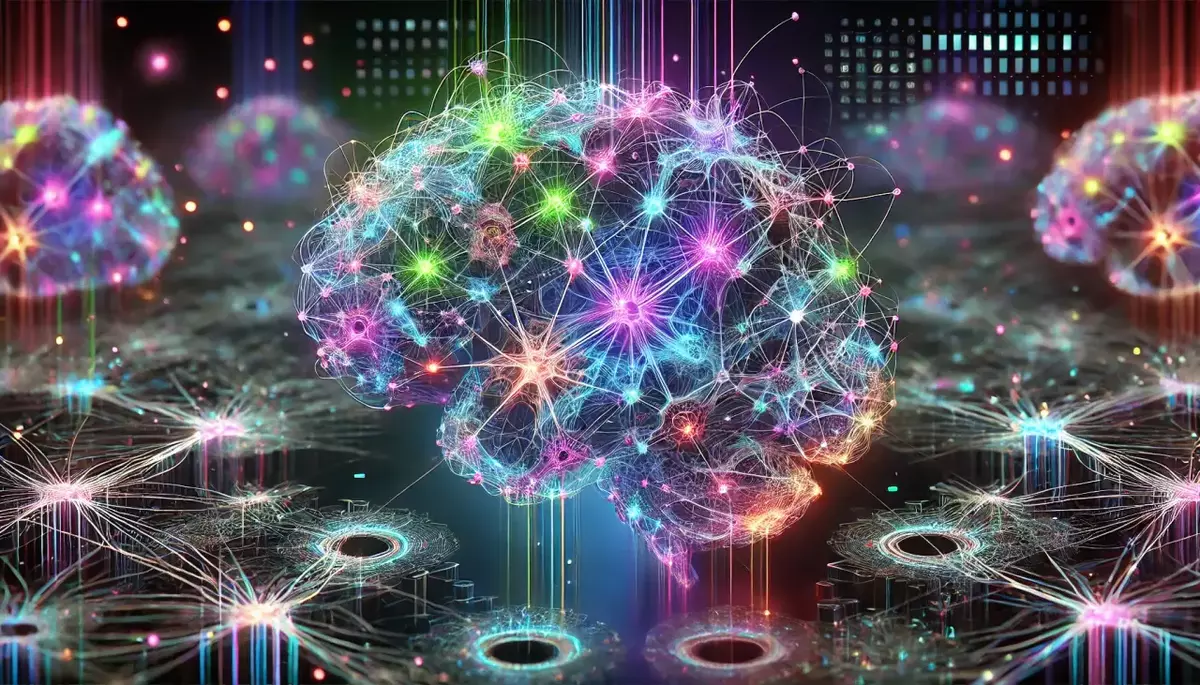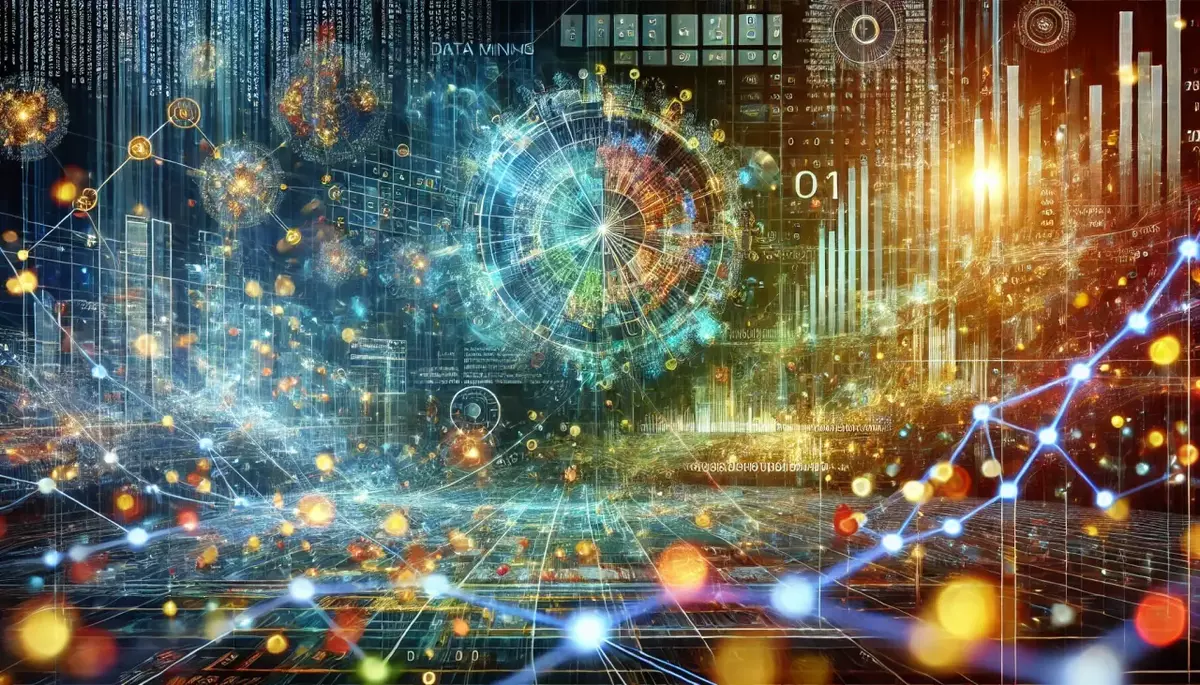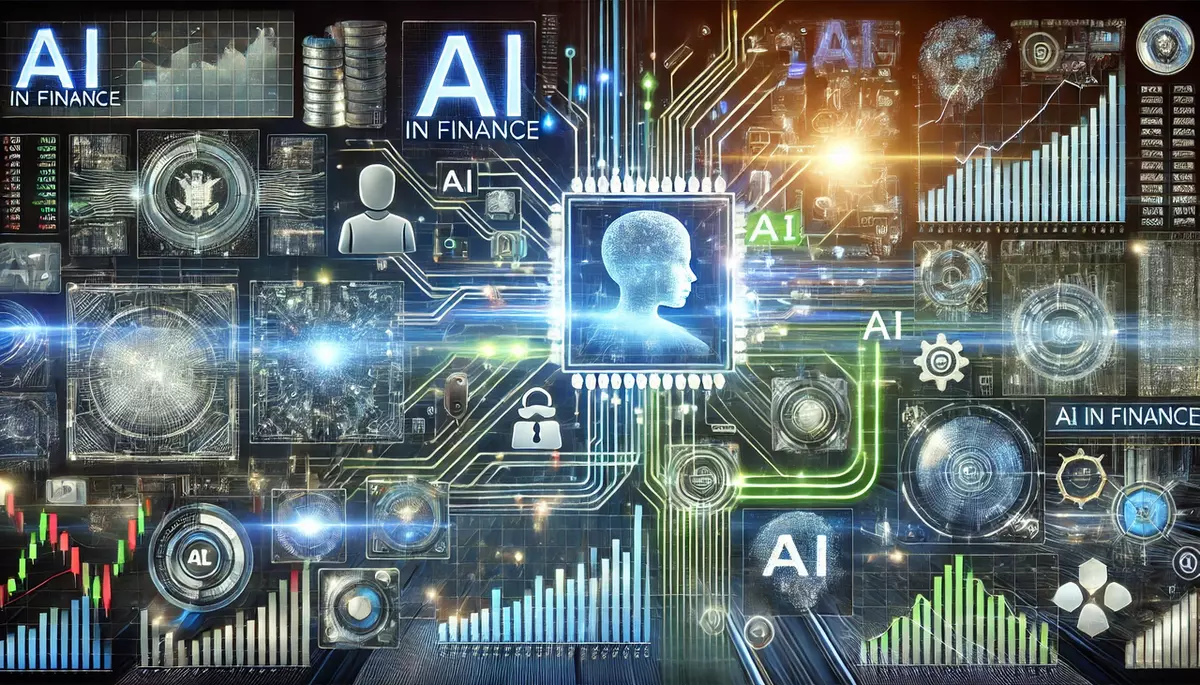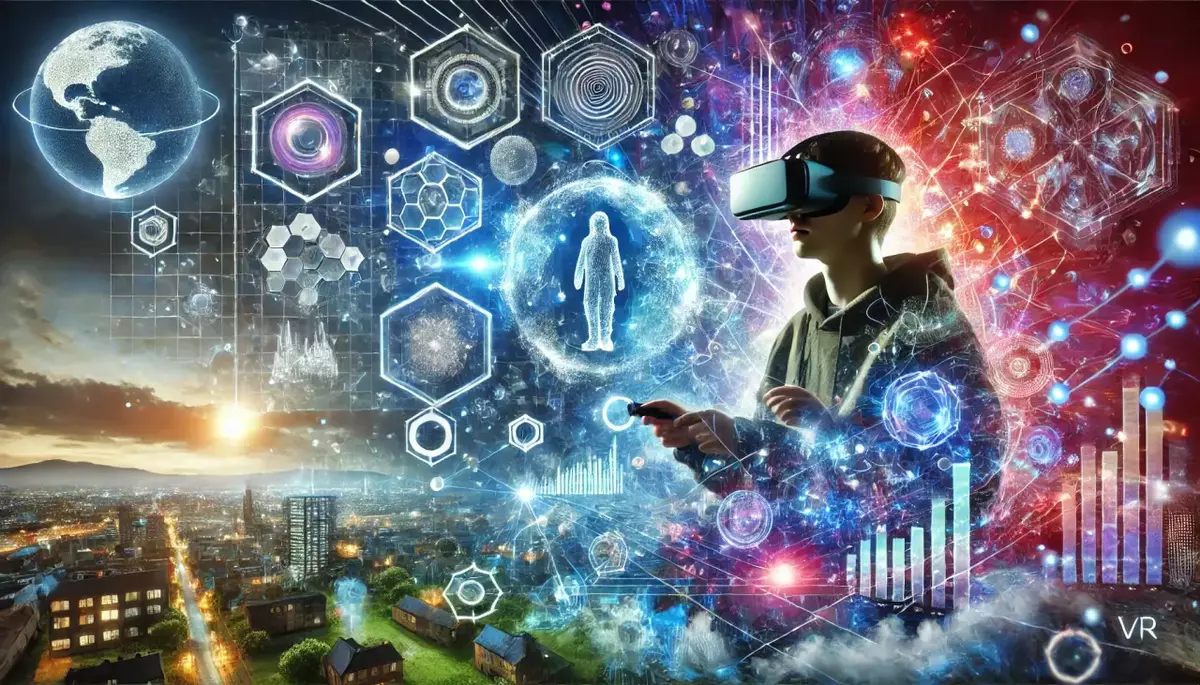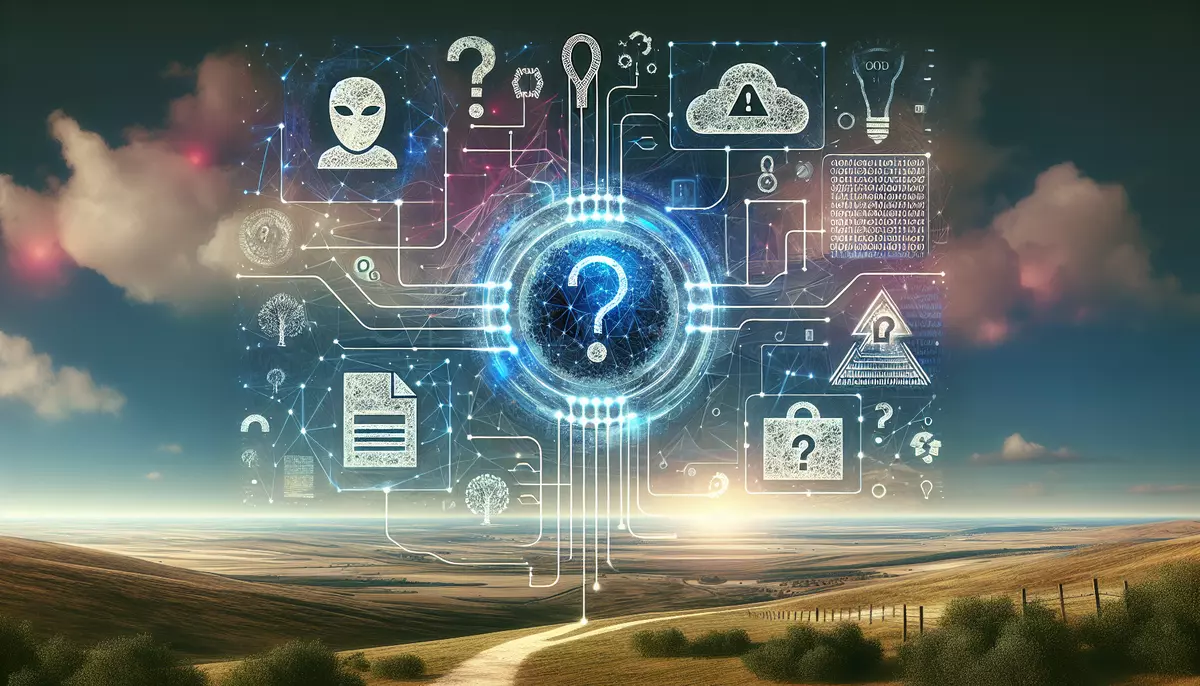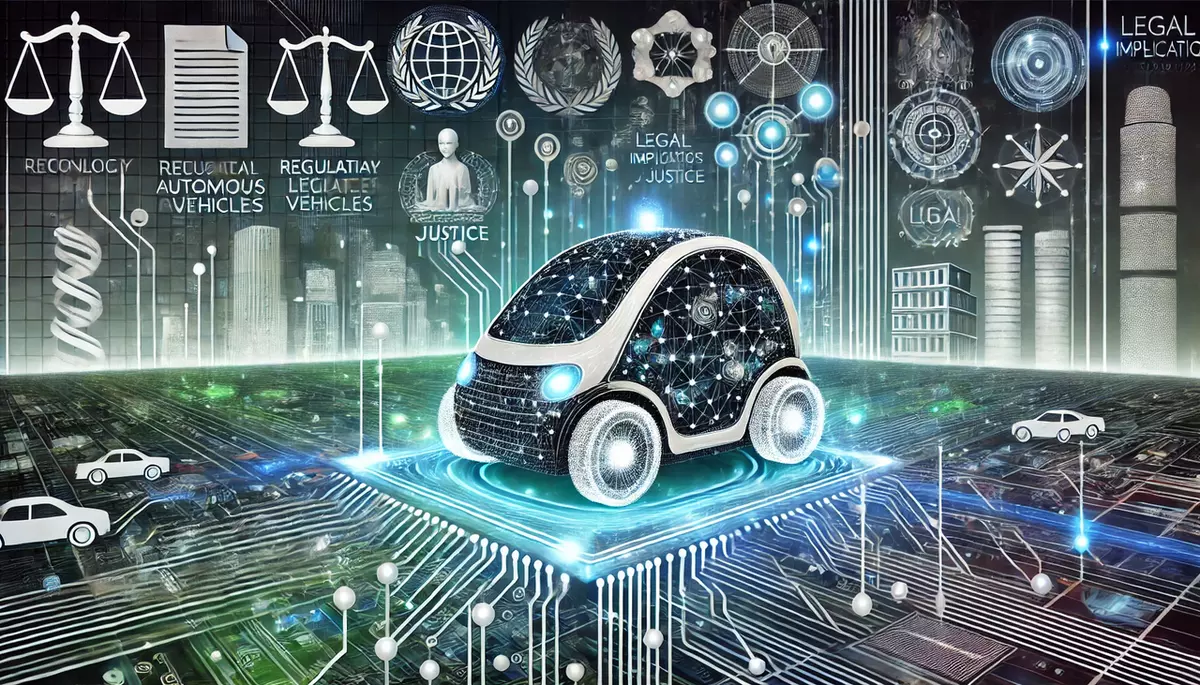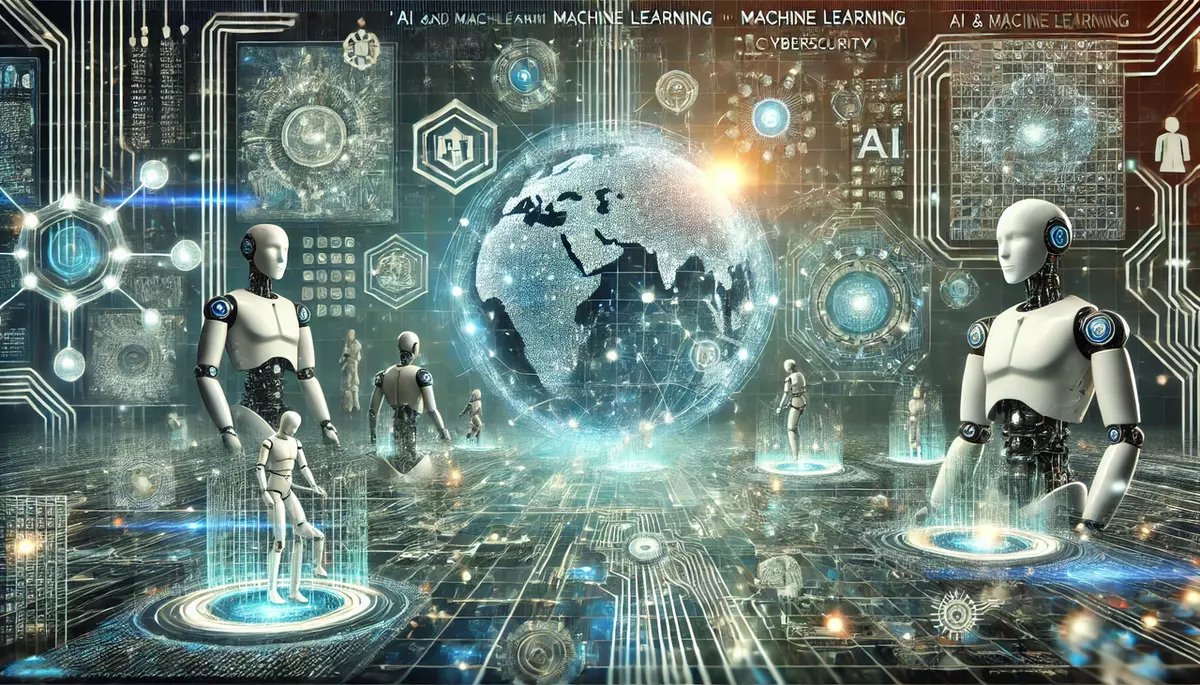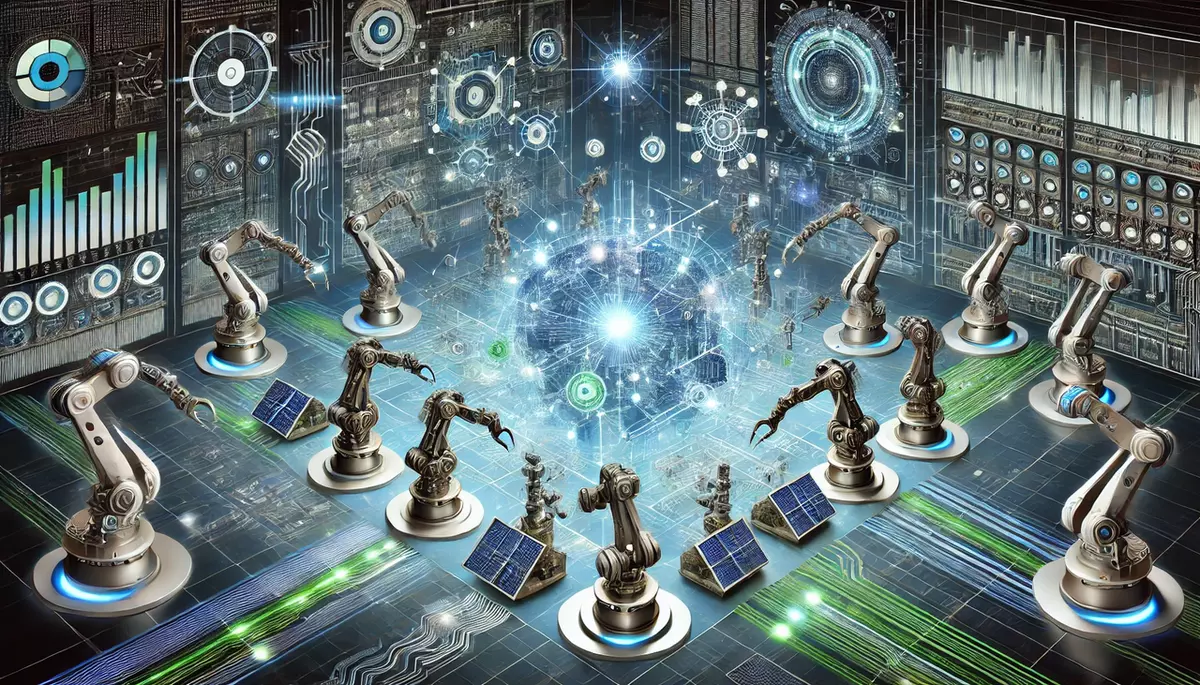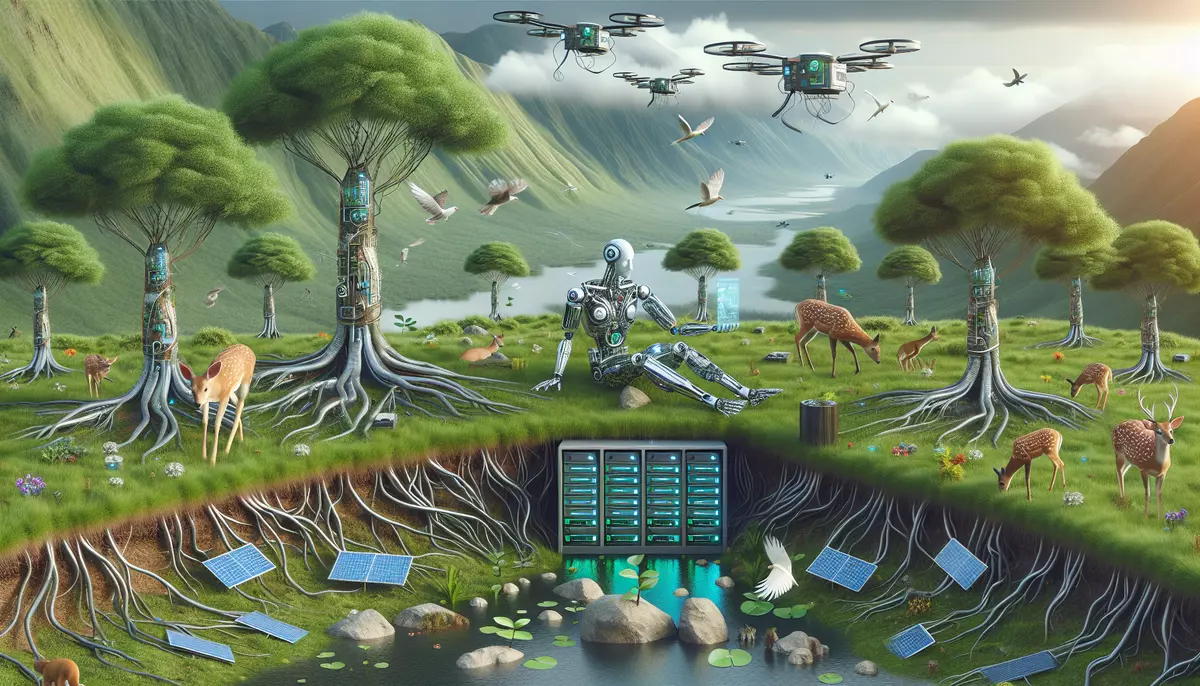Introduction
Facial recognition is a biometric technology that uses algorithms to identify or verify the identity of a person from a digital image or video frame. It has become an increasingly prevalent technology in various applications, from security and surveillance to personal authentication and social media.
What is Facial Recognition?
Facial recognition is a computer vision technology that can identify or verify a person’s identity by analyzing and comparing patterns based on the person’s facial features. It works by extracting and analyzing facial features, such as the distance between the eyes, the shape of the cheekbones, and the length of the jawline, and then comparing them to a database of known faces.
Key Components of Facial Recognition:
- Face Detection: The process of identifying the location and size of a face within an image or video frame.
- Face Extraction: The process of isolating the face from the surrounding background and preparing it for analysis.
- Feature Extraction: The process of identifying and extracting the unique facial features that can be used to identify an individual.
- Face Matching: The process of comparing the extracted facial features to a database of known faces to identify or verify the individual.
How Does Facial Recognition Work?
Facial recognition systems typically follow a three-step process:
The Facial Recognition Process:
- Face Detection: The system first detects the presence of a face within an image or video frame.
- Face Extraction: The system then extracts the facial features, such as the eyes, nose, and mouth, and converts them into a numerical representation, known as a facial template or faceprint.
- Face Matching: The system compares the extracted facial features to a database of known faces to identify or verify the individual.
Applications of Facial Recognition
Facial recognition technology has a wide range of applications in various industries:
Security and Surveillance:
- Access Control: Verifying the identity of individuals to grant or deny access to secure areas or devices.
- Surveillance: Identifying individuals in public spaces or monitoring crowds for security purposes.
Personal Authentication:
- Biometric Authentication: Using facial recognition as a secure method of verifying a person’s identity for tasks such as unlocking devices or authorizing transactions.
- Social Media: Tagging and identifying individuals in photos and videos shared on social media platforms.
Law Enforcement:
- Criminal Identification: Matching suspects to a database of known criminals or missing persons.
- Forensic Analysis: Analyzing facial features to aid in criminal investigations and victim identification.
Other Applications:
- Retail and Marketing: Analyzing customer demographics and behavior to improve marketing strategies.
- Healthcare: Identifying patients, monitoring patient behavior, and assisting in diagnosis and treatment.
Challenges and Concerns
While facial recognition technology has many beneficial applications, it also raises several concerns and challenges:
- Privacy and Civil Liberties: The widespread use of facial recognition raises concerns about privacy, surveillance, and the potential for abuse of personal information.
- Algorithmic Bias: Facial recognition algorithms have been shown to exhibit bias, particularly in accurately identifying individuals from certain demographic groups.
- Accuracy and Reliability: Facial recognition systems can be affected by factors such as lighting, angle, and image quality, which can impact their accuracy and reliability.
- Ethical Considerations: The use of facial recognition technology raises ethical questions about consent, transparency, and the appropriate use of this technology in various contexts.
Future Trends in Facial Recognition
The field of facial recognition is constantly evolving, and several emerging trends and developments are shaping its future:
- Improved Accuracy and Reliability: Ongoing research and development are aimed at enhancing the accuracy and reliability of facial recognition algorithms, particularly in challenging conditions.
- Multimodal Biometrics: The integration of facial recognition with other biometric technologies, such as fingerprint or iris scanning, to improve overall authentication and identification accuracy.
- Ethical and Regulatory Frameworks: The development of ethical guidelines and regulatory frameworks to address the privacy and civil liberties concerns associated with facial recognition technology.
- Advancements in Artificial Intelligence: The integration of facial recognition with AI-powered systems, such as computer vision and deep learning, to enable more advanced applications and capabilities.
Conclusion
Facial recognition technology has become an increasingly prevalent and influential tool in various industries and applications. While it offers many benefits, it also raises significant concerns and challenges that must be addressed through ongoing research, ethical considerations, and the development of appropriate regulatory frameworks. As the technology continues to evolve, it is crucial to strike a balance between the potential benefits and the protection of individual rights and privacy.
This knowledge base article is provided by Fabled Sky Research, a company dedicated to exploring and disseminating information on cutting-edge technologies. For more information, please visit our website at https://fabledsky.com/.
References
- Jain, A. K., & Li, S. Z. (Eds.). (2011). Handbook of face recognition. Springer.
- Zhao, W., Chellappa, R., Phillips, P. J., & Rosenfeld, A. (2003). Face recognition: A literature survey. ACM Computing Surveys (CSUR), 35(4), 399-458.
- Guo, G., & Mu, G. (2014). Human age estimation and gender classification. In Handbook of age estimation (pp. 101-131). CRC Press.
- Buolamwini, J., & Gebru, T. (2018). Gender shades: Intersectional accuracy disparities in commercial gender classification. In Conference on fairness, accountability and transparency (pp. 77-91). PMLR.
- Ratha, N. K., Connell, J. H., & Bolle, R. M. (2001). Enhancing security and privacy in biometrics-based authentication systems. IBM systems Journal, 40(3), 614-634.

